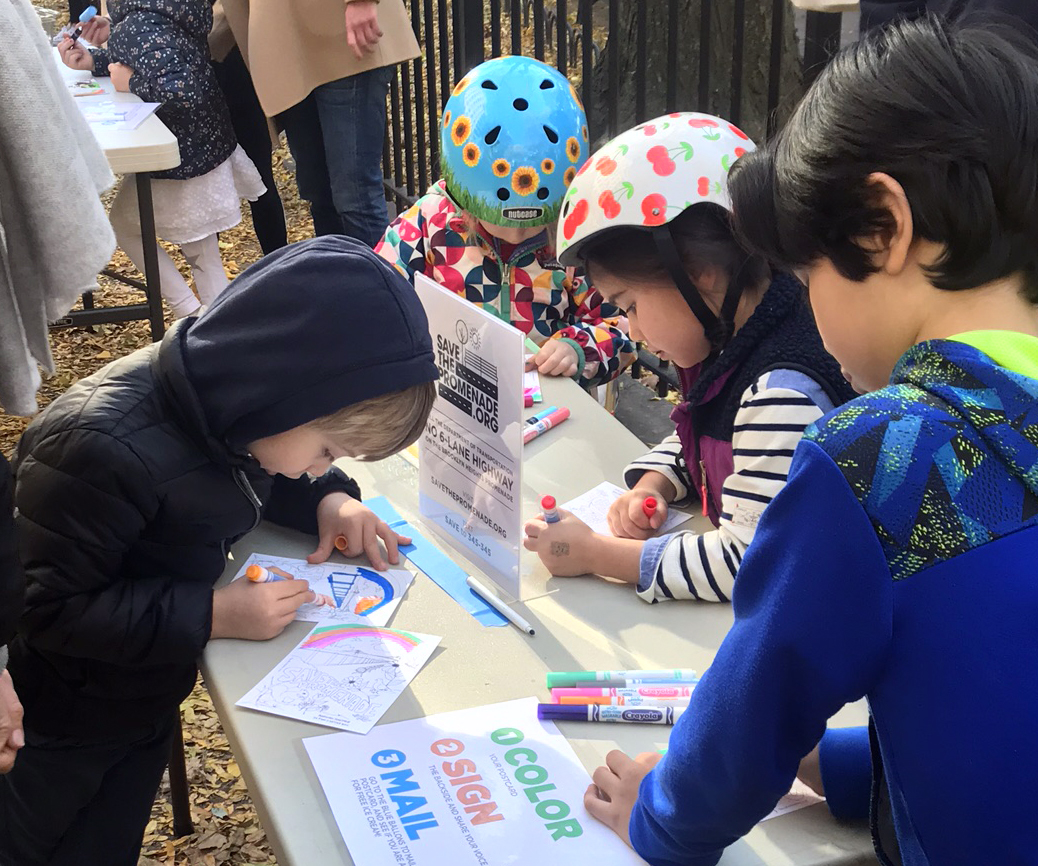Funded and furious civic force to save a landmark unleashes new, powerful weapon: Kids
Group uses organized PR and passion to engage local activism in Brooklyn Heights

“I want to save the Promenade,” 6-year-old Sasha told a TV interviewer when asked why she attended a mass “draw-in” at Pierrepont Playground on Sunday.
Sasha and hundreds of other Heights kids were protesting the de Blasio administration’s plan to replace the Brooklyn Heights Promenade with a six-lane highway during the upcoming reconstruction of the decrepit Brooklyn-Queens Expressway (BQE).
The draw-in was organized by a grassroots campaign called A Better Way NYC (previously known as Save the Promenade), part of a major civic engagement effort to protect what neighborhood residents hold near and dear: the beloved Promenade, with its landmarked views of Manhattan, the Brooklyn Bridge and Statue of Liberty.

Brooklyn Heights
View MoreRead the Brooklyn Height's Press and Cobble Hill News. Find out more about Brooklyn Height's History here.